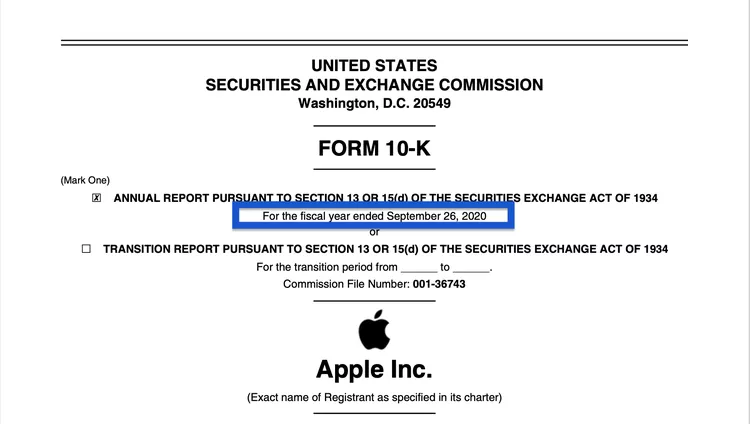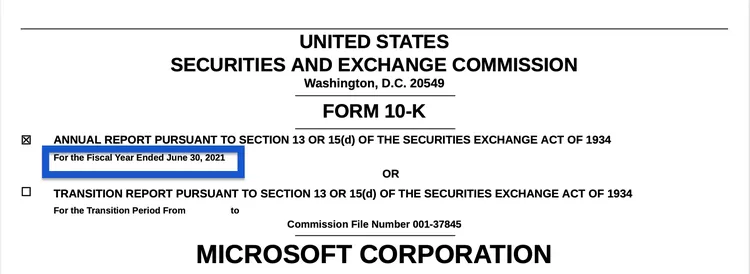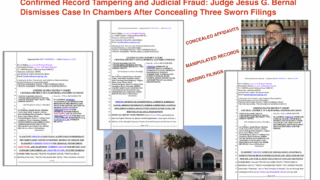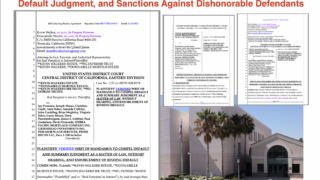
What is a Fiscal Year VS a Calendar Year ?
Understanding Fiscal Years
A fiscal year is a twelve-month period used by countries, companies, and organizations for financial reporting, but it does not necessarily align with the calendar year. The choice of fiscal year start and end dates is influenced by accounting and external audit practices.
This distinction is crucial for corporations and their investors as it enables accurate year-over-year measurement of revenue and earnings. The Internal Revenue Service (IRS) permits entities to be either calendar year or fiscal year taxpayers.
In the United States, the federal government’s fiscal year spans from October 1 to September 30. Entities that deviate from the calendar year typically do so based on the specific nature of their operations. For example, nonprofit organizations often synchronize their fiscal years with grant award cycles.
Fiscal years are identified by their end date or year. For instance, to refer to a nonprofit organization’s fiscal year, one might say, “FY 2024” or “fiscal year ending June 30, 2024.” Similarly, government spending occurring on November 15, 2022, would be labeled as an expenditure for FY 2023.
As per the IRS, a fiscal year consists of twelve consecutive months ending on the last day of any month except December. Alternatively, U.S. taxpayers may opt for a 52- to 53-week fiscal year, concluding on the same day of the week each year, closest to a specific date, such as the nearest Saturday to December 31. This system yields both 52-week and 53-week fiscal years.
Fiscal years are commonly referenced when discussing budgets and serve as a convenient timeframe to evaluate a company’s or government’s financial performance.
IRS Requirements for Fiscal Years
The default IRS system follows the calendar year, requiring fiscal-year taxpayers to adjust deadlines for filing certain forms and making payments. While most taxpayers must file by April 15 following the year in question, fiscal-year taxpayers must file by the 15th day of the fourth month after their fiscal year concludes. For instance, a business with a fiscal year from June 1 to May 31 must submit its tax return by September 15.
Eligible businesses in the U.S. can adopt a fiscal year for tax reporting purposes by submitting their initial income tax return under that fiscal year. They retain the option to switch to a calendar year at any time. However, transitioning from a calendar year to a fiscal year necessitates special permission from the IRS or meeting specific criteria outlined on Form 1128, Application to Adopt, Change, or Retain a Tax Year.
Examples of Fiscal Years for Corporations
Investors may inquire about a company’s fiscal year, which can vary. Here are examples from well-known companies whose fiscal years deviate from the calendar:
1. Apple Inc. (AAPL) concludes its fiscal year on the final Saturday of September.
(Source: U.S. Securities and Exchange Commission, “Apple Inc. Form 10-K.”)
2. Microsoft Corporation (MSFT) ends its fiscal year on the last day of June every year.
3. Macy’s Inc. (M) concludes its fiscal year on the fifth Saturday of the new calendar year. Many retailers earn a substantial portion of their revenue around the holidays, possibly explaining Macy’s choice of end date.



Is a Fiscal Year the Same as a Calendar Year?
Not necessarily. A fiscal year spans 12 months and corresponds with a company’s financial reporting periods. It may differ from a calendar year, playing a crucial role in federal tax filings, budgeting, and financial statements.
What Is an Example of a Fiscal Year?
Consider the fiscal year for the U.S. government, which commences on Oct. 1 and terminates on Sept. 30. Companies reliant on government contracts may also structure their fiscal years to conclude in late September. Conversely, many tech companies experience peak sales volumes early in the year, justifying their choice to end fiscal years in late June.
Why Use a Fiscal Year Instead of a Calendar Year?
For businesses operating seasonally, a fiscal year may offer a more accurate reflection of operations, aligning revenues and expenses better. For example, retail companies commonly end their fiscal year on Jan. 31, after the holiday season. Walmart and Target are notable examples of companies using this fiscal year.
The Bottom Line
A fiscal year is a one-year period utilized by businesses, governments, and nonprofits, ending on a date other than Dec. 31. Various factors influence the choice of a fiscal year distinct from the calendar year. Retail businesses, for instance, might prefer avoiding year-end closure amidst the bustling holiday season, while schools may align their fiscal years with the academic year. In some cases, a fiscal year may conclude on a specific day (e.g., the last Saturday of a particular month) rather than the last day of a month. Consequently, fiscal years may occasionally span 53 weeks. Entities using a fiscal year file their taxes on the 15th day of the fourth month following their fiscal year’s conclusion.









